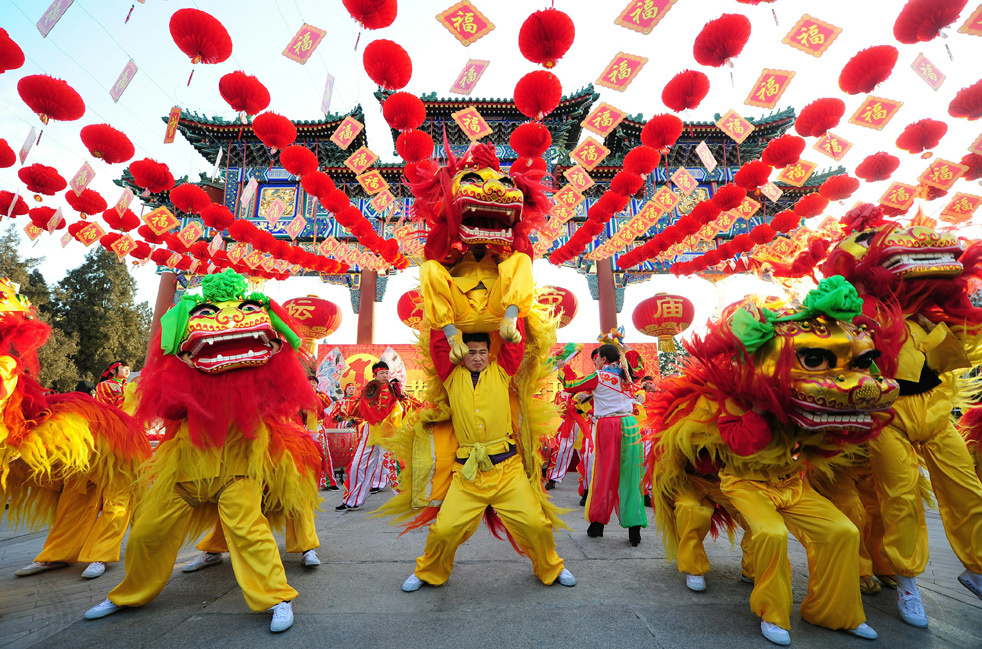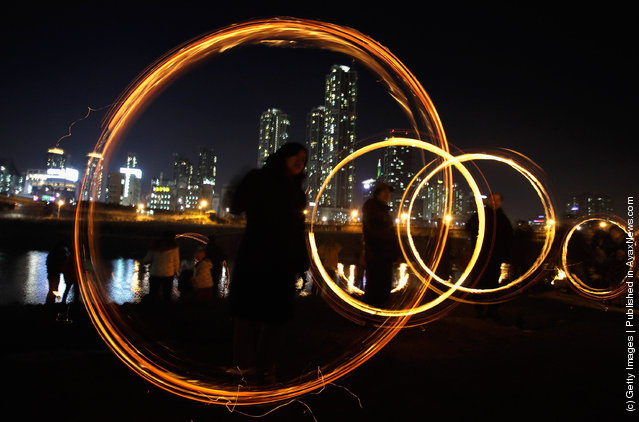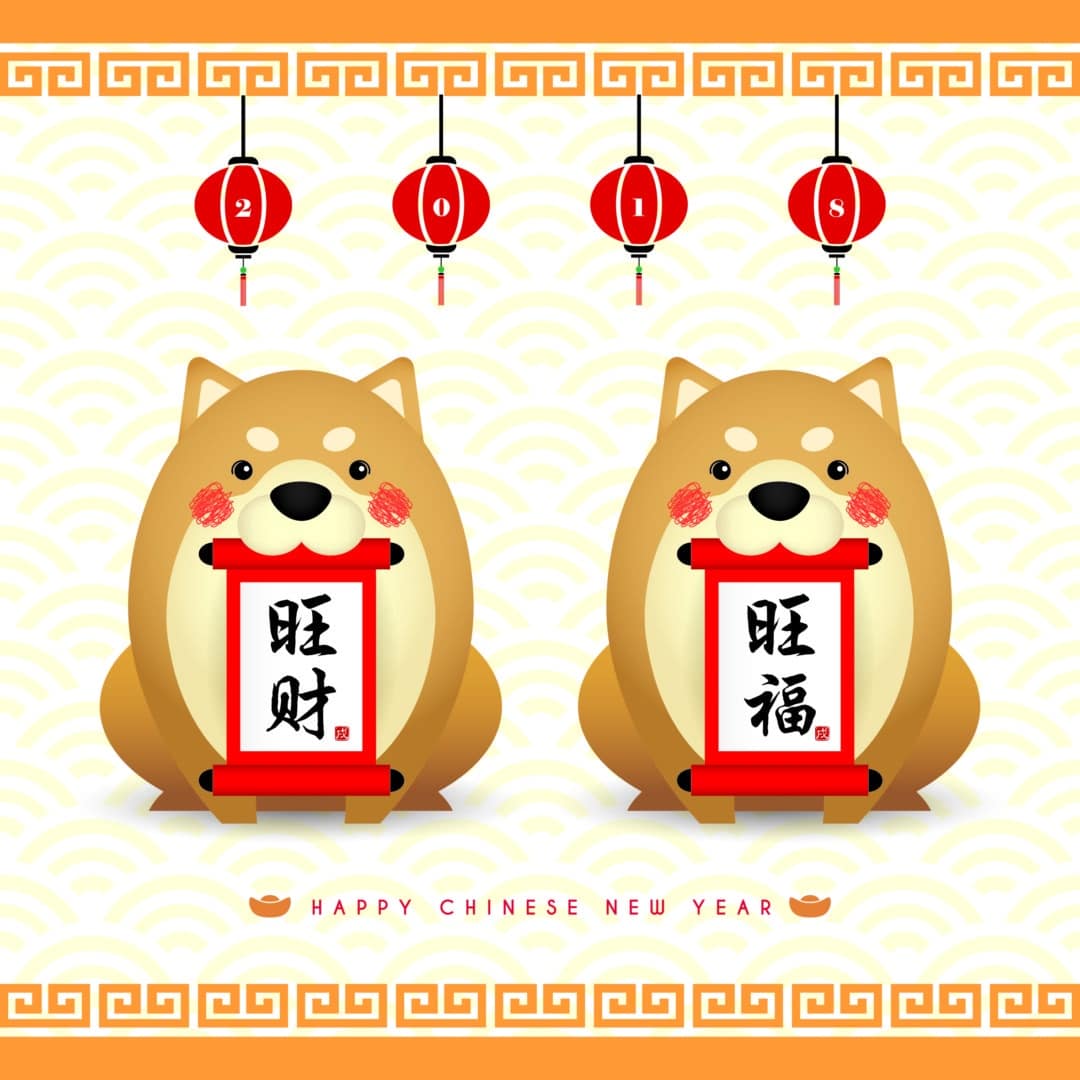

Solar calendars Five-phase and four-quarter calendars ( October 2018) ( Learn how and when to remove this template message) Unsourced material may be challenged and removed. Please help improve this article by adding citations to reliable sources in this section. This section needs additional citations for verification. 'big' for months with 30 days) or short ( Chinese: 小 lit. Months are also annotated as either long ( Chinese: 大 lit. A sexagenary cycle, comprising the heavenly stems ( Chinese: 干 pinyin: gān) and the earthly branches ( Chinese: 支 pinyin: zhī), is used as identification alongside each year and month, including intercalary months or leap months.

Solar terms govern the beginning, middle, and end of each month. Years start on the second (or third) new moon after the winter solstice. Calendars in Mongolia and Tibet have absorbed elements of the traditional Chinese calendar but are not direct descendants of it.ĭays begin and end at midnight, and months begin on the day of the new moon. The traditional Japanese calendar was also derived from the Chinese calendar (based on a Japanese meridian), but Japan abolished its official use in 1873 after Meiji Restoration reforms. In the respective regions, the Chinese calendar has been adapted into the Korean, Vietnamese, and Ryukyuan calendars, with the main difference from the Chinese calendar being the use of different meridians due to geography, leading to some astronomical events - and calendar events based on them - falling on different dates. Korea, Vietnam, and the Ryukyu Islands adopted the Chinese calendar. Like Chinese characters, variants of the Chinese calendar have been used in different parts of the Sinosphere throughout history. The evening state-run news program Xinwen Lianbo in the People's Republic of China continues to announce the months and dates in both the Gregorian and the traditional lunisolar calendar. It also provides the traditional Chinese nomenclature of dates within a year which people use to select auspicious days for weddings, funerals, moving or starting a business. 'Chinese calendar') 2017 Chinese calendar Page of a Chinese calendar containing monthly information in the years Daoguang 14-16, corresponding to 1834–1836Īlthough modern-day China uses the Gregorian calendar, the traditional Chinese calendar governs holidays, such as the Chinese New Year and Lantern Festival, in both China and overseas Chinese communities. 'Chinese calendar'), Huali Calendar ( traditional Chinese: 華曆 simplified Chinese: 华历 pinyin: huálì Jyutping: waa4 lik6 lit. 'old calendar'), Zhongli Calendar ( traditional Chinese: 中曆 simplified Chinese: 中历 pinyin: zhōnglì Jyutping: zung1 lik6 lit. 'agricultural calendar'), Jiuli Calendar ( traditional Chinese: 舊曆 simplified Chinese: 旧历 pinyin: jiùlì Jyutping: Gau6 Lik6 lit.'former calendar'), Laoli Calendar ( traditional Chinese: 老曆 simplified Chinese: 老历 pinyin: lǎolì lit.

Traditional Chinese calendar also known as these five titles: Nongli Calendar ( traditional Chinese: 農曆 simplified Chinese: 农历 pinyin: nónglì lit. In China, it is defined by the Chinese national standard GB/T 33661–2017, "Calculation and Promulgation of the Chinese Calendar", issued by the Standardization Administration of China on May 12, 2017. The traditional Chinese calendar is a lunisolar calendar which identifies years, months, and days according to astronomical phenomena.


 0 kommentar(er)
0 kommentar(er)
